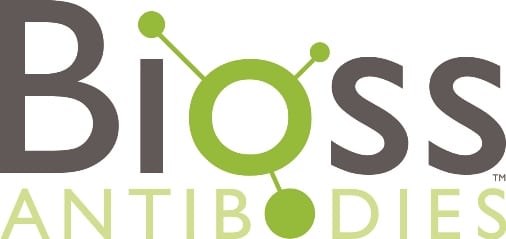Decoding Competitive Immunoassays: Antibody selection and Conjugates

In the field of diagnostics and research, competitive immunoassays are a powerful tool for quantifying low molecular weight analytes – typically less than a few thousand Daltons. Competitive immunoassays operate on a fundamental principle – analyzing the competition between a labeled analyte and the sample analyte for binding sites on an immobilized antibody. This approach provides a straightforward means of quantifying analyte concentration.
Antibody selection:
Due to the specificity of low molecular weight analytes, that do not offer multiple epitopes for antibody binding, the success of competitive immunoassays relies on the meticulous selection of a single antibody rather than a traditional pair. In competitive assays, a monoclonal or a polyclonal antibody specific to the analyte is immobilized on a solid support to serve as the capture phase.
Polyclonal antibodies are suitable reagents in most cases, and even more for detecting low molecular weight analytes such as steroids, toxins or drug-of-abuse. They remain products of choice in competitive immunoassays as they have serious advantages to consider when choosing the best antibody for the test. Arguably, high affinities exhibited by polyclonal antibodies contribute to enhanced sensitivity and reliability in capturing the analyte of interest. The versatility of polyclonal antibodies allows researchers and developers to navigate the challenges posed by low molecular weight analytes, ensuring robust performance in competitive immunoassays. Polyclonal antibodies remain significant in immunoassay methodologies, certainly in competitive assays.
Choosing the right conjugate:
Conjugates are a critical component in competitive immunoassays, as they play a pivotal role in signal generation. These conjugates are usually labelled synthetic analogues of the target analyte, introducing an additional layer of considerations: the labeling position and the potential use of linkers must be carefully considered to ensure that the conjugate maintains its ability to bind to the immobilized antibody despite being labeled, while keeping a structural proximity to the target analyte to ensure a balanced competition between the labeled and unlabeled molecules. Therefore, careful selection of conjugates is essential to preserve the affinity and specificity of the
antibody-conjugate interaction.
This is particularly crucial in competitive immunoassays, where the labeled analyte competes with the sample analyte for binding sites. Maintaining the binding efficacy of the conjugate guarantees accurate and reliable results, as any compromise in this interaction could lead to diminished sensitivity and compromised assay performance.
Researchers and developers must navigate this delicate balance when choosing conjugates for competitive immunoassays. The labeled conjugate serves as a beacon for the presence of the analyte, and careful consideration of its binding properties ensures that the competitive dynamics of the assay are maintained. Selecting the right conjugate is a crucial step in optimizing the performance of competitive immunoassays, contributing to the accuracy and reliability of the analytical results.
Key differences: Competitive vs. Sandwich Immunoassays
In the realm of immunoassays, the choice between competitive and sandwich formats is dictated by the size of the analyte.
Competitive immunoassays:
Suited for small molecules, competitive immunoassays employ a single antibody due to the limited epitopes of low molecular weight analytes. Polyclonal antibodies are valuable in competitive assays, ensuring high affinities for enhanced sensitivity.
Sandwich immunoassays:
Dual antibody engagement is ideal for larger molecules. Sandwich immunoassays use a pair of antibodies, capture and detection, leveraging multiple epitopes on the analyte. The dual antibody interaction enhances specificity, making sandwich assays crucial for accurately quantifying complex molecules.
In summary, the decision between competitive and sandwich immunoassays depends on the analyte’s size and structural complexity, with competitive assays excelling for small molecules and sandwich assays proving optimal for larger analytes exhibiting multiple epitopes. For detecting small molecules, competitive immunoassays are exceptional tools for quantifying analytes in complex matrices.
